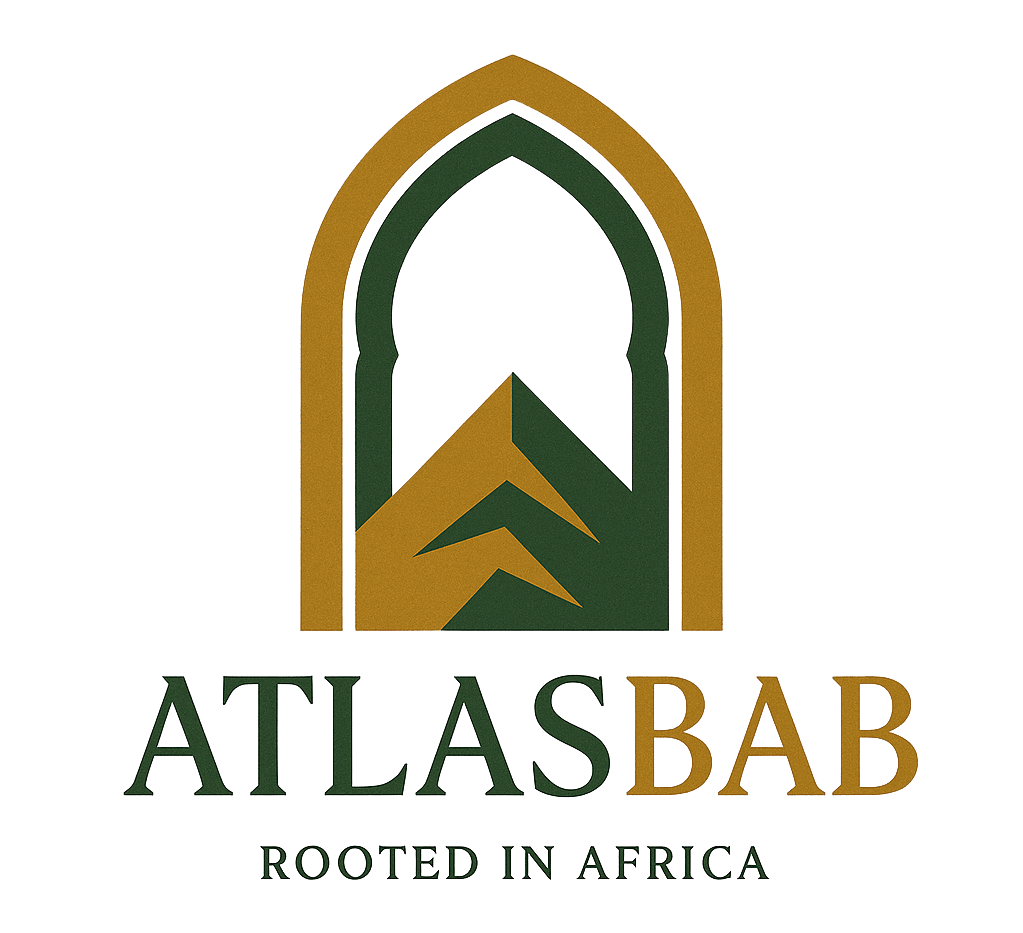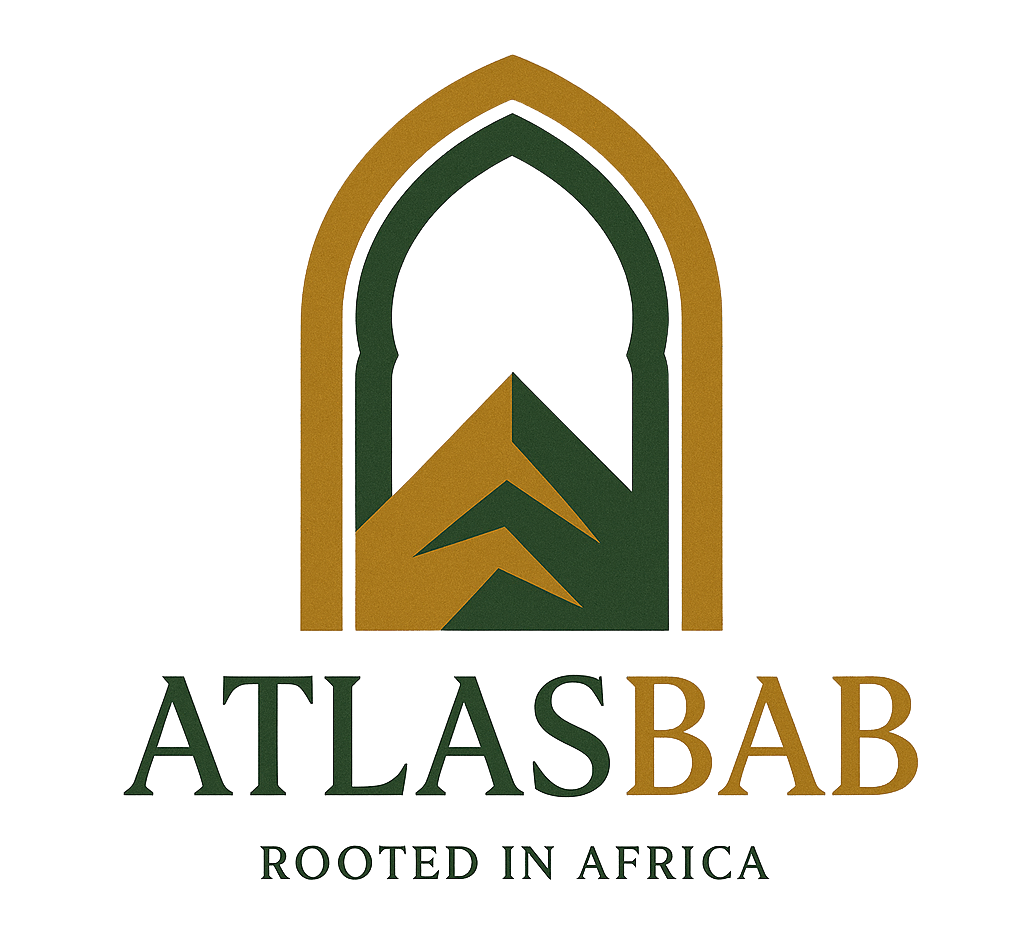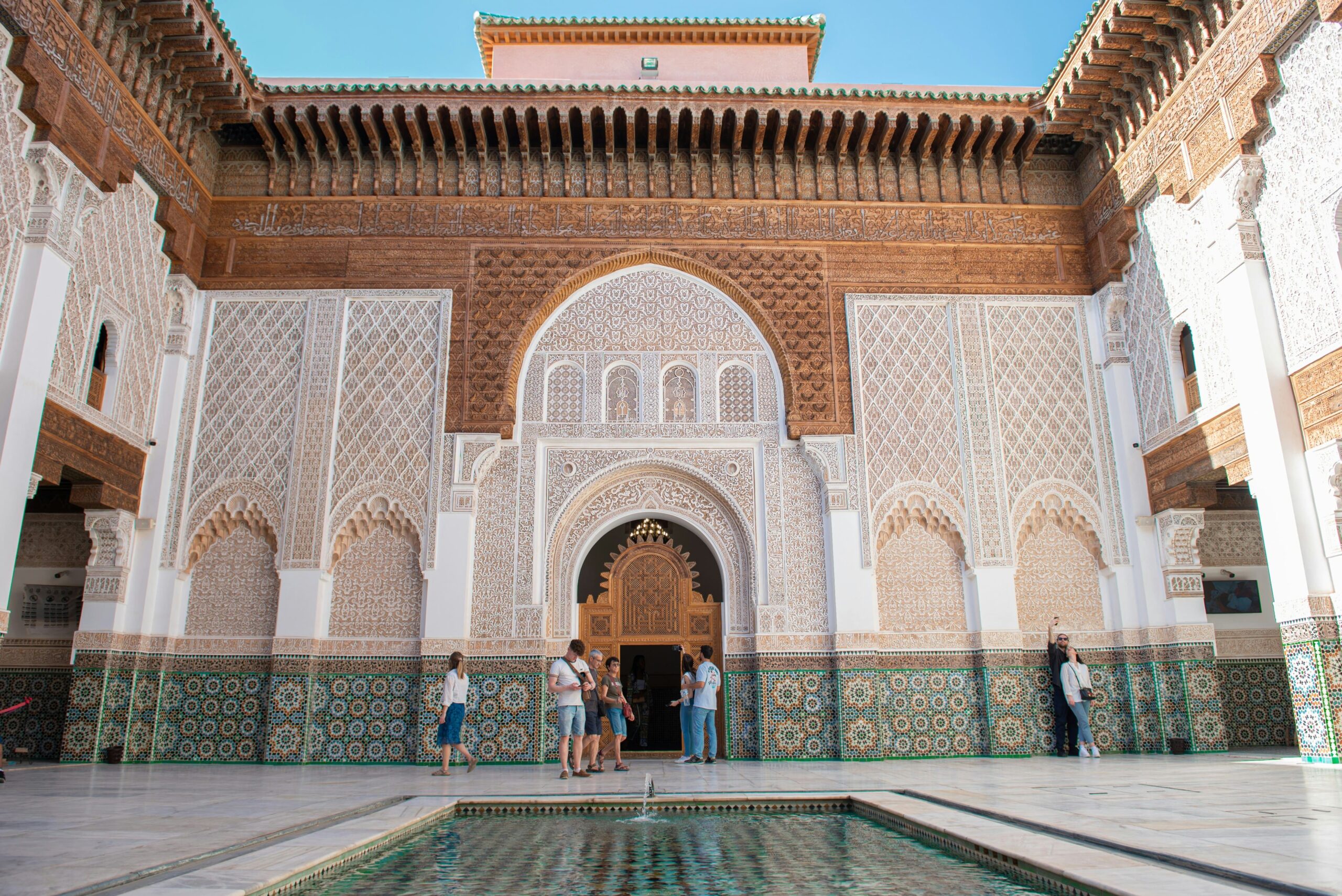Morocco—a land of ancient cities, towering mountains, vast deserts, and the ever-changing sea. It’s a country where history isn’t just written in textbooks, but in the very air you breathe, the food you taste, and the melodies that fill the streets. The history and identity of Morocco are deeply intertwined with its diverse cultures and centuries-old traditions. From the Berber origins of the indigenous people to the profound Islamic influence, Morocco’s past has shaped its present in ways that continue to resonate today.
But what does it mean to be Moroccan? Is it rooted in a specific ethnicity, religion, or geography, or is it the collective spirit of a people united by the country’s rich and diverse cultural heritage? Let’s embark on a journey through Morocco’s history and explore the vibrant identity that has emerged from centuries of civilization and cultural fusion.
Cultural Context: The Building Blocks of Moroccan Identity
The history of Morocco stretches back over 3,000 years, and its roots are as diverse as the landscapes that define it. Originally inhabited by the Berbers (or Amazigh), the land saw the rise of powerful kingdoms and was home to great civilizations long before the Phoenicians and Romans made their mark.
The early Berber kingdoms were instrumental in shaping the character of the Moroccan people. These indigenous groups not only had their own distinct language, culture, and beliefs, but they also left behind significant architectural legacies, such as the city of Volubilis. Volubilis, often thought to be influenced by Roman designs, was actually built by the Amazigh people who had studied Roman architecture. They skillfully blended Roman styles with their own unique ways of construction, creating a distinctive style of building that remains a symbol of their ingenuity.
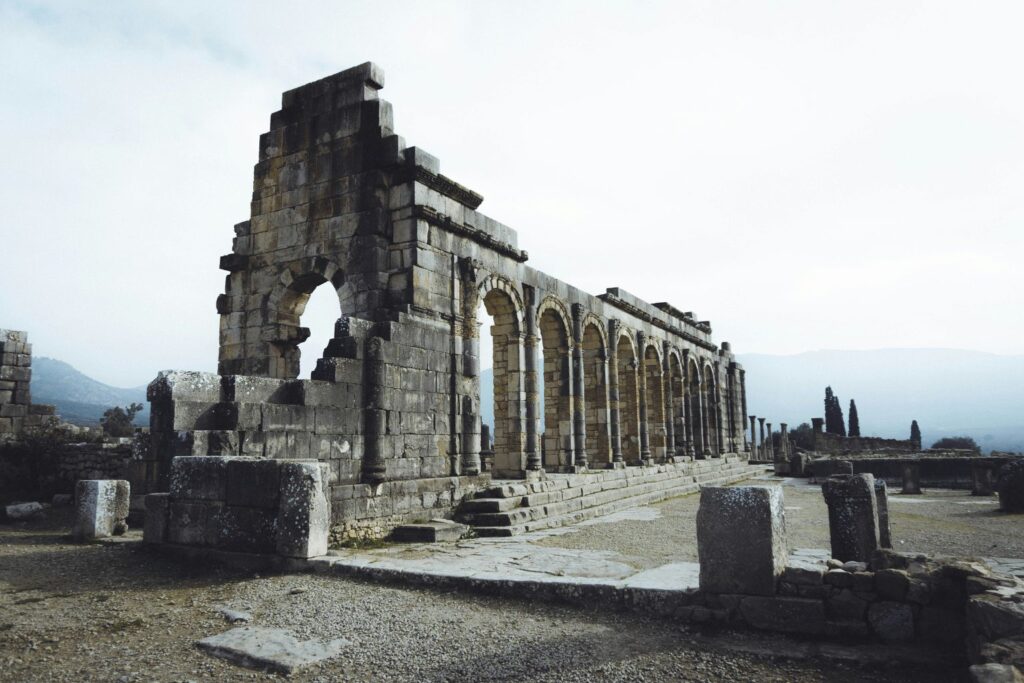
The Blend of Tradition and Modernity: Shaping a Unique Moroccan Identity
Morocco’s identity is a beautiful blend of ancient traditions and modern-day influences. It’s a nation where centuries-old customs coexist with contemporary trends, where ancient markets sit beside sleek modern cities. But what stands out in Morocco is how it has embraced this diversity, making it a core part of its identity.
The arrival of Islam in the 7th century marked another significant chapter in Morocco’s history. However, it’s important to understand that the Arabs did not invade Morocco in the traditional sense. Rather, they were welcomed by the Amazigh people because of the shared values of Islam. Over time, the Arabs’ desire for wealth and political control led to tensions. When the Amazigh realized that the Arabs’ presence in Morocco was motivated by material gain, rather than spiritual unity, they fought back. Eventually, the Arabs were pushed out of Morocco, but the religion of Islam remained firmly entrenched in Moroccan society, becoming an integral part of the nation’s identity.
This unique historical moment shaped Morocco into a land where Islam remains a defining force in daily life, while the Amazigh culture, language, and customs continue to thrive. The combination of these influences—Islam, Amazigh heritage, and the Berber people’s profound connection to the land—created the diverse and resilient Moroccan identity we know today.
One of the most iconic symbols of this period is the Koutoubia Mosque in Marrakesh, built by the Almohad dynasty in the 12th century. This stunning mosque, with its impressive minaret, stands as a testament to the Almohads’ architectural prowess and their lasting influence on Moroccan architecture.
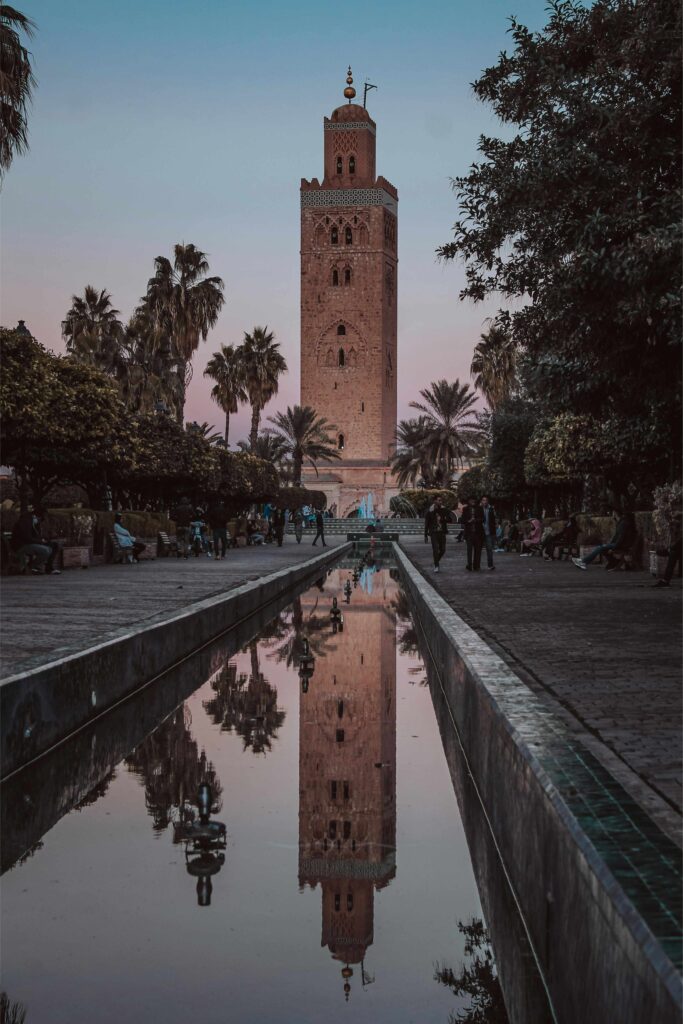
Lesser-Known Facts: Hidden Layers of Morocco’s Identity
While Morocco is known for its bustling souks and stunning palaces, there are hidden gems of history and culture that remain less explored by many. Did you know, for example, that Morocco is home to one of the world’s oldest universities, the University of Al Quaraouiyine in Fez? Founded in 859 AD, it is considered the oldest existing degree-granting university in the world, a testament to Morocco’s long history of scholarship and intellectual tradition.
Another lesser-known aspect of Morocco’s identity is its Jewish heritage. Although the Jewish population has dwindled over the years, Morocco was once home to one of the largest Jewish communities in the Arab world. The Mellah, the old Jewish quarter, still stands in cities like Marrakesh, where visitors can find synagogues, Jewish cemeteries, and a rich history of Jewish cultural integration with Moroccan life.
The city of Tétouan, a UNESCO World Heritage site, is a prime example of how Moroccan history is a blend of Arab, Berber, Andalusian, and Jewish cultures. The city’s medina, with its narrow alleys and whitewashed buildings, tells the story of this fusion, making it a living monument to Morocco’s multi-layered identity.
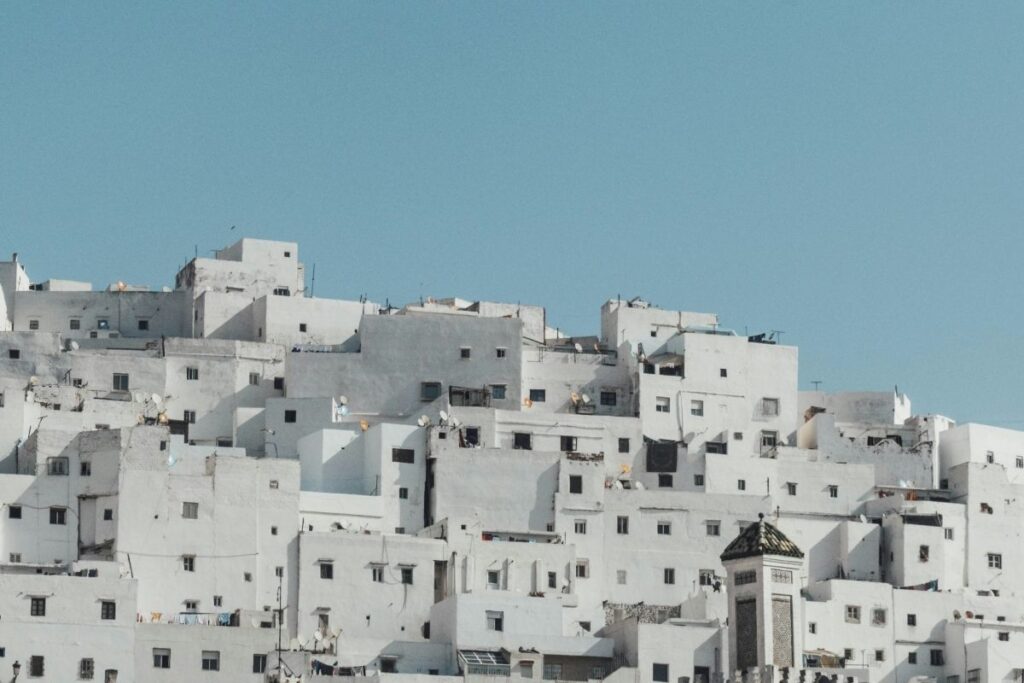
Morocco’s Identity Today: A Nation of Cultural Pride and Global Influence
Today, Morocco stands at the crossroads of tradition and modernity, navigating the complexities of globalization while preserving the richness of its history. Moroccans take great pride in their heritage—whether it’s in the form of music, like the traditional Gnawa rhythms, or in the arts, like the intricate handwoven carpets or the delicate patterns of zellige tiles.
The country’s commitment to preserving its cultural heritage can be seen in the way Moroccan cities celebrate traditional festivals. The Festival of the Roses in Kalaat M’Gouna, the Gnaoua World Music Festival in Essaouira, and the Marrakech International Film Festival are just a few examples of how Morocco showcases its cultural vibrancy to the world.
Morocco’s history and identity also shape its role on the global stage. With its strategic location at the intersection of Europe, Africa, and the Arab world, Morocco serves as a bridge between continents, fostering cultural exchange and diplomacy. Its monarchy, known for its stability, has ensured that Morocco remains a country where tradition and modernity coexist harmoniously.
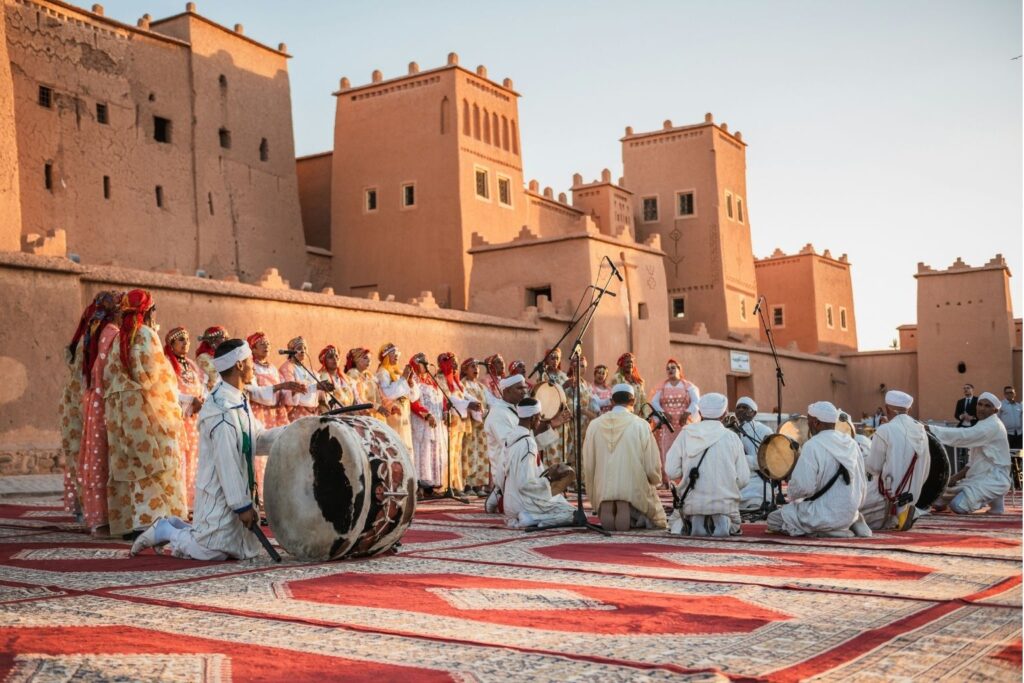
The Living Legacy of Morocco’s Identity
Morocco’s identity is an intricate tapestry woven from centuries of history, culture, and tradition. It’s a nation that has embraced its past, honored its diverse influences, and continues to adapt in the face of modern challenges. From the majestic ruins of Volubilis to the vibrant souks of Marrakesh, Morocco tells a story that is as old as time itself, yet as fresh and dynamic as its people.
As we continue to celebrate Morocco’s heritage, it’s essential to remember that its identity is a living, breathing entity—constantly evolving while staying true to the roots that make it uniquely Moroccan.
